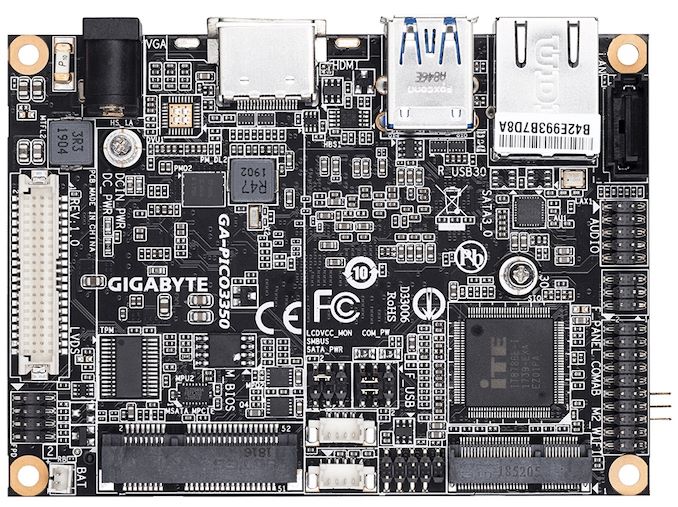 The i5 is about 17 percent slower on common, which is an identical gap to what we noticed evaluating Core i5 to Core i7 with Kaby Lake Refresh. Back then, the difference was due to clock speeds, now it’s right down to core counts, so a shift in thinking here from Intel to allow them to proceed the life of 14nm. In this case we’re seeing a 20 percent enchancment on common, which is spectacular after just two years. Most of that is down to clock speeds and process refinements, however again, getting Core i7 efficiency from a Core i5 is basically the end result here.
The i5 is about 17 percent slower on common, which is an identical gap to what we noticed evaluating Core i5 to Core i7 with Kaby Lake Refresh. Back then, the difference was due to clock speeds, now it’s right down to core counts, so a shift in thinking here from Intel to allow them to proceed the life of 14nm. In this case we’re seeing a 20 percent enchancment on common, which is spectacular after just two years. Most of that is down to clock speeds and process refinements, however again, getting Core i7 efficiency from a Core i5 is basically the end result here.
Intel Core i5
Software can work round these bugs, which costs performance. Future processors may have integrated fixes.
If we’re comparing an Adaptix-enabled i5-10210U to any of Intel’s 8th-gen U-sequence fashions, we’re looking at a small but important efficiency acquire given it is a mainstream oriented Core i5 CPU. As you may have seen by our quite a few mentions all through the evaluation, for us probably the most telling comparability is the one between the Core i5-10210U and the Core i7-8565U. They deliver about even efficiency on average, so it’s considerably secure to say that when each CPUs are configured to 15W, Intel’s 10th-gen Core i5 performs like an 8th-gen Whiskey Lake Core i7. Similar story in Handbrake, though this take a look at could be very limited by the 15W TDP of those CPUs. The i5-10210U is about 5% behind final year’s 8565U, but in addition 5% sooner than Intel’s Core i5 from two generations in the past.
Intel Core i5 and i7 CPUs provide undisputed graphics advantages in systems with a discrete video card, and are usually extra vitality environment friendly. If you have the money, Intel is the more doubtless selection. Software relays chunks of instructions, referred to as threads, to the central processing unit to carry out. High-end workstation and server CPUs have multithreaded architecture that improves how cores sequence and complete directions. The synchronization provides extra environment friendly use of computing sources, and finish users experience efficiency positive aspects when multitasking or working multithreaded functions.
Microprocessors
By having address calculations dealt with by separate circuitry that operates in parallel with the rest of the CPU, the number of CPU cycles required for executing various machine instructions could be decreased, bringing performance improvements. The control unit (CU) is a part of the CPU that directs the operation of the processor.
Practically speaking, it is the similar thing. For CPU-intensive tasks similar to video rendering, support for HT/SMT is an excellent factor.
For example, the Intel 80486 (486) processor is faster than the 80386 (386) processor. After the introduction of the Intel Pentium processor (which might technically be the 80586), all computer processors began utilizing names like Athlon, Duron, Pentium, and Celeron. The CPU was first developed at Intel with the assistance of Ted Hoff and others within the early Nineteen Seventies. The first processor launched by Intel was the 4004 processor, shown within the image.